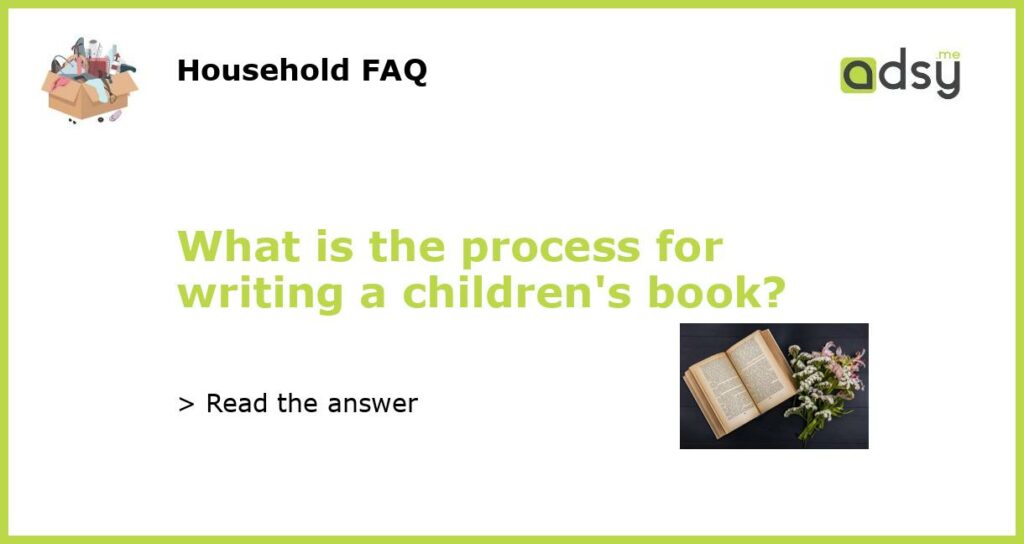Step 1: Choose a target age group and genre
Before you start writing a children’s book, it’s important to decide what age group you are targeting and what genre you want to write in. Children’s books are typically classified into age categories such as board books (0-3 years), picture books (3-8 years), early chapter books (6-9 years), middle-grade books (9-12 years), and young adult books (12+ years).
Once you have chosen the target age group, consider the genre that will appeal to them. Popular genres for children’s books include adventure, fantasy, mystery, science fiction, and educational books. Research books that have been successful in your target age group and genre to get an idea of what works.
Step 2: Develop an engaging story or concept
Every children’s book needs a captivating story or concept that will capture the imaginations of young readers. Brainstorm ideas that will resonate with your target age group and consider themes or topics that are relevant and interesting to children.
Develop your characters and plot in a way that will hold the attention of your young readers. Consider incorporating humor, vivid descriptions, and relatable experiences to create an engaging and memorable story.
Step 3: Create a detailed outline or storyboard
Before you start writing the book, create a detailed outline or storyboard to organize your ideas and visualize the structure of the story. This will help you maintain a clear direction and ensure a cohesive narrative.
Break the story down into chapters or sections, and include a brief description of what happens in each. Consider the pacing, transitions, and key moments in the story that will keep readers engaged.
Step 4: Write and revise the manuscript
Once you have your outline or storyboard, start writing the manuscript. Begin with a strong opening that will hook readers and introduce them to the characters and setting. As you write, keep in mind the language and vocabulary appropriate for your target age group.
Let your creativity flow but also be mindful of the necessary components in a children’s book, such as a clear beginning, middle, and end. Use dialogue, action, and descriptive language to bring your story to life and make it relatable for children.
After completing the first draft, take time to revise and edit the manuscript. Pay attention to the flow of the story, character development, and clarity of language. Consider seeking feedback from beta readers, parents, or teachers to gather different perspectives and ensure your book resonates with the target audience.
Step 5: Illustrate and design the book
The illustrations and design of a children’s book are crucial in capturing the attention and imagination of young readers. Decide whether you will illustrate the book yourself or hire an illustrator.
If you choose to illustrate the book yourself, ensure your style aligns with the tone and theme of the story. If you decide to hire an illustrator, research and find someone whose style matches your vision.
Work closely with the illustrator to ensure the illustrations complement the text and enhance the overall reading experience. Consider the layout, typography, and colors to create an attractive and visually appealing book.
After completing the illustrations, have a professional designer create the final layout of the book. Pay attention to font selection, formatting, and any additional design elements that will enhance the reading experience for children.






